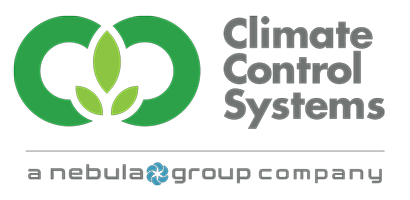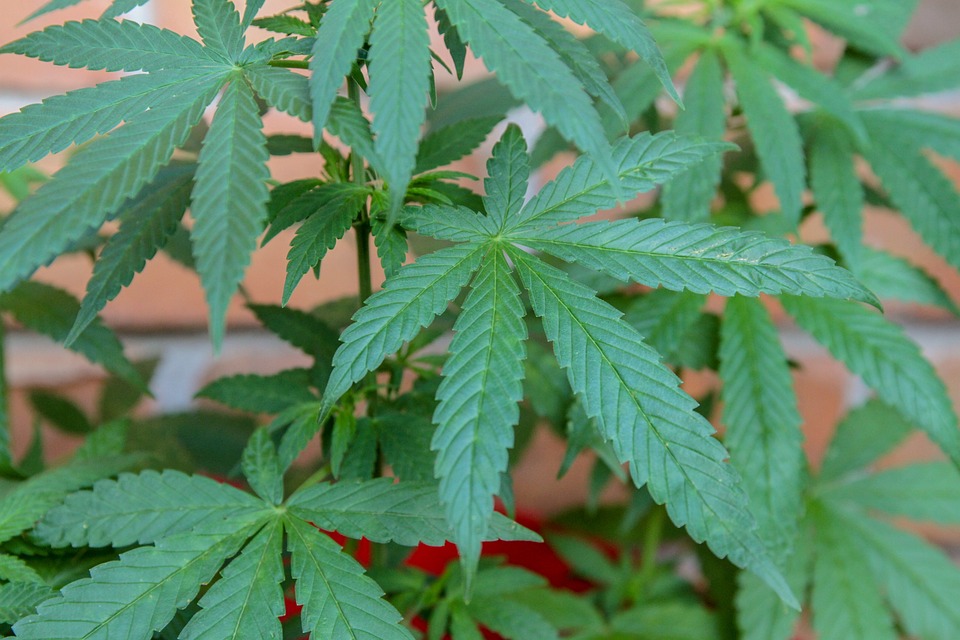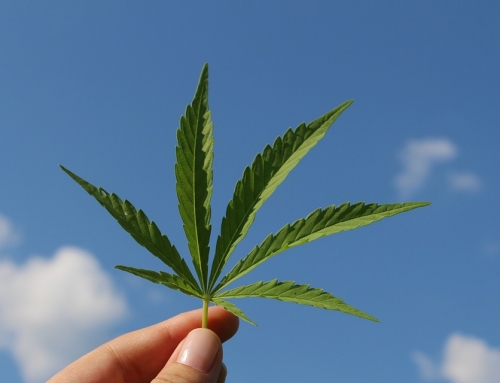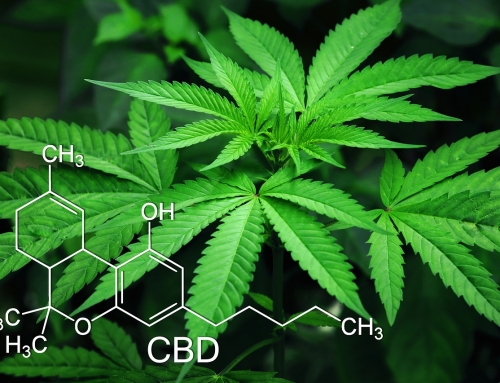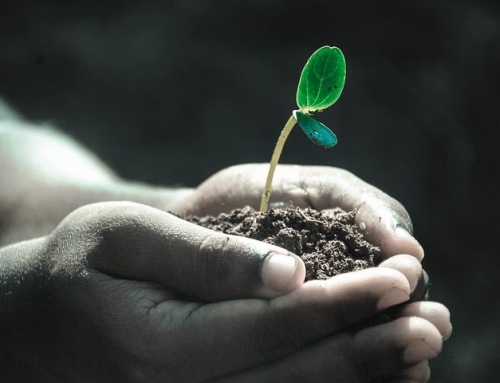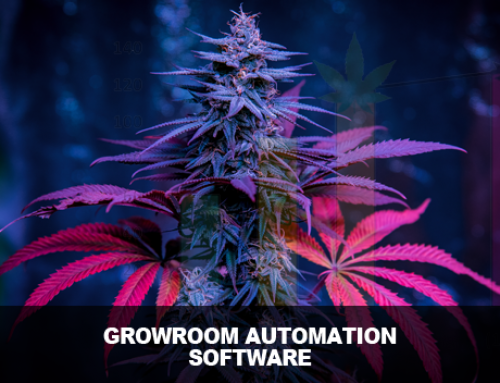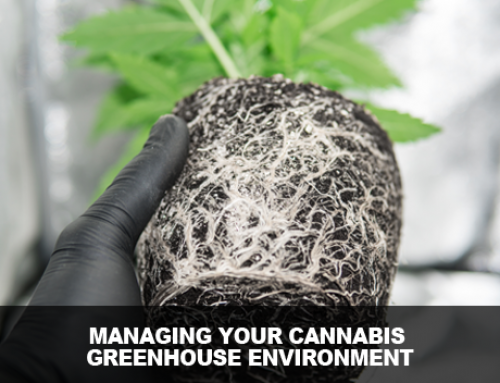Cannabis cultivation is a complex process that requires precise control over many environmental factors. One of the most important of these factors is climate control. A proper automated greenhouse project is essential to creating the ideal growing conditions for cannabis plants and can significantly impact yield, quality, and consistency. We’ll explore the importance of climate control in cannabis cultivation and discuss some key considerations for cultivators.
Why Climate Control is Important
Climate control is critical to cannabis cultivation because it directly affects plant growth and development. Cannabis plants are sensitive to temperature, humidity, light, and air quality changes, and any significant deviations from optimal conditions can lead to reduced yields, lower quality, and even crop failure. Cultivators can create a stable and predictable growing environment that maximizes plant growth and quality by maintaining precise control over these environmental factors. An automated greenhouse project helps maintain excellent climate control for increased crop yield.
Temperature Affects Growth
Temperature is one of the most important factors in cannabis cultivation. Cannabis plants prefer a temperature range between 20°C and 30°C, with a maximum temperature of 35°C and a minimum temperature of 15°C. Outside of this range, plant growth can be significantly impacted. High temperatures can lead to heat stress, which can cause leaf wilting, reduced growth, and even plant death. Low temperatures can slow plant growth and make plants more susceptible to pests and diseases.
Manage Humidity to Reduce Pathogens and Mould
Cannabis plants prefer a humidity range between 40% and 60%, with a maximum humidity of 70% and a minimum humidity of 30%. High humidity can promote mould growth and other pathogens, while low humidity can cause plant stress and reduce growth. Proper humidity levels can also help prevent nutrient deficiencies, reduce water loss, and improve plant respiration.
Light Encourages Healthy Photosynthesis
Light is one of the most important factors in cannabis cultivation, as it plays a critical role in photosynthesis and plant growth. Cannabis plants require a minimum of 12 hours of light per day, and they prefer a light intensity of 600-1000 µmol/m²/s. Excessive light can lead to heat stress and reduced growth, while insufficient light can lead to slow growth and poor yields. Proper light levels and duration can also affect THC, CBD production, and other important plant compounds.
Maintain Good Air Quality for Consistent Crop Yields
Proper air quality can help prevent the spread of pests and diseases, reduce plant stress, and improve overall plant health. Poor air quality can lead to reduced yields, lower quality, and crop failure. In addition to proper ventilation, cultivators should also consider air filtration and purification to remove airborne pathogens and pollutants.
The Benefits of Proper Climate Control
Proper climate control offers a wide range of benefits for cannabis cultivators. Cultivators can produce higher yields, better quality, and more consistent crops by maintaining optimal growing conditions. Proper climate control can also help reduce the risk of pest and disease outbreaks, prevent nutrient deficiencies, and improve plant health. Additionally, by optimizing growing conditions, cultivators can reduce the energy and resources required for cultivation, leading to a more sustainable and environmentally friendly industry.
Considerations for Cultivators
Proper climate control requires careful planning and consideration and the right equipment and technology. Cultivators should carefully evaluate their growing environment and adjust to create optimal growing conditions. This may involve upgrading ventilation and air filtration systems, installing dehumidifiers or humidifiers, and implementing advanced lighting systems. Cultivators should also invest in sensors and control systems to monitor and adjust environmental conditions in real time.
